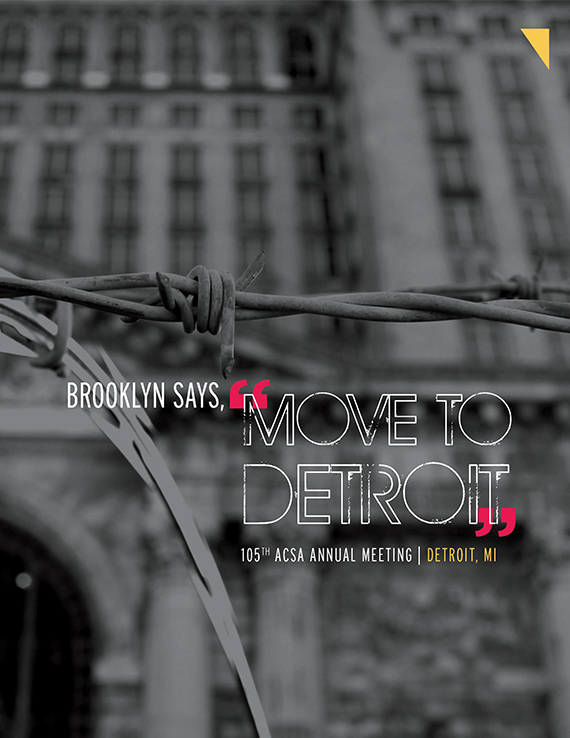Author(s): Sarah Cowles
Ecologists use the term ruderal, from the Latin rudus(rubble), to describe disturbance-adapted species.Ruderal species embody the unruly, tenacious, andopportunistic qualities of vegetation. They are metaphoricallyparadoxical: indexing catastrophe andabandonment, yet conversely representing resilienceand renewal. Ruderal species and processes are engagedin a range of contemporary works of art and landscapearchitecture. In these works, ruderal species performecological, spatial, visual, and metaphoric work. Thisdiscussion draws together and critiques examples ofhow an aesthetics of the ruderal is constructed, bothphysically and metaphorically. This article outlinesthe development and projection of ruderal aestheticsin three parts: a review of recent literature on “theruderal problem” in landscape architectural and ecologicaltheory, an outline and critique of ruderal worksin contemporary art and landscapes architecture, andspeculation on the future use of ruderal species, formsand processes in post-industrial cities.
Volume Editors
Luis Francisco Rico-Gutierrez & Martha Thorne
ISBN
978-1-944214-08-1

 Study Architecture
Study Architecture  ProPEL
ProPEL 
